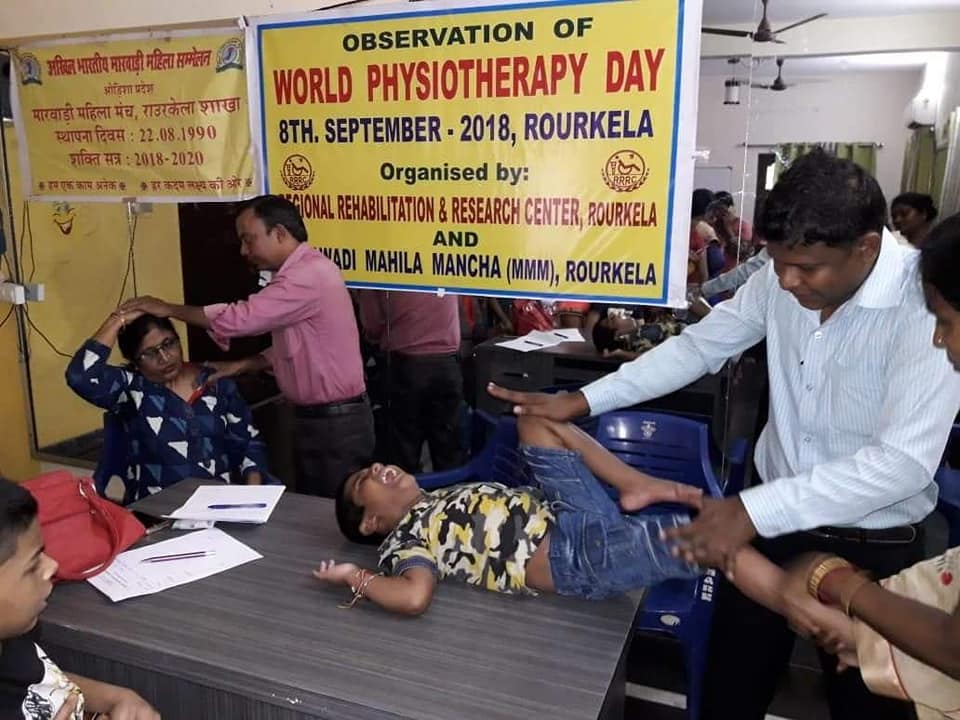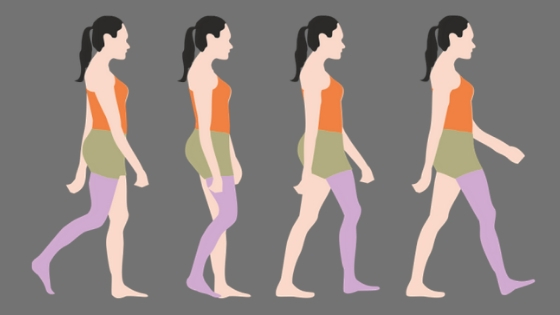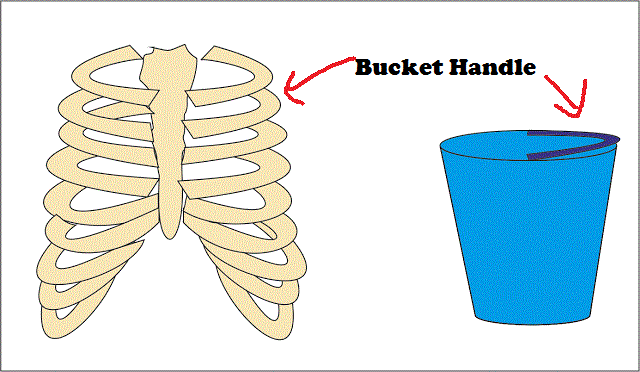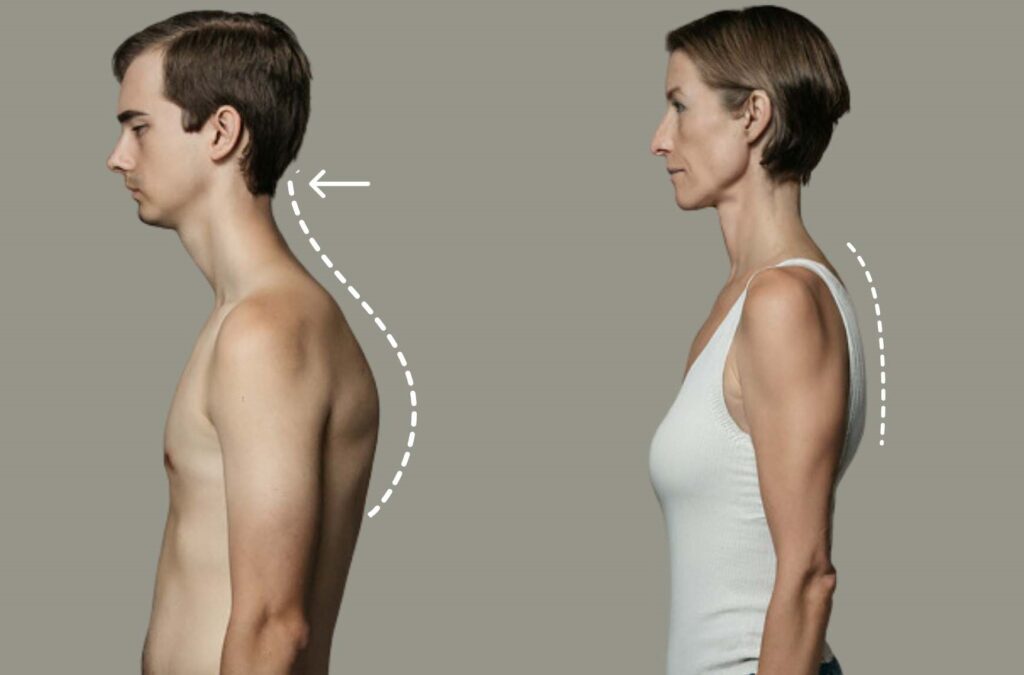Last updated on February 6th, 2025 at 12:16 pm

A therapist’s success in treating patient largely depends on how accurate he carries out a physiotherapy assessment. Are you the one having difficulty assessing your patient?
In this post, we will discuss step by step process of assessment. I have tried to simplify the process as much as possible so that anyone can understand. By the time you finish reading this post, if not excellent, at least you will be better than what you were before.
Let’s get started.
Physiotherapy assessment
In the journey to successful treatment of a patient, an accurate diagnosis of problem is the half battle won. If the case is accurately diagnosed and investigated, you will find that its treatment is not that complicated.
On the other hand, treating a wrongly diagnosed case may not give you the desired result. For achieving accuracy, you have to master yourself in the art of assessment.
What is physiotherapy assessment?
Assessment is a step-by-step process to interview, examine your patient and come to a provisional diagnosis. In a simple term, assessment is a strong foundation based on which you take the clinical decision and plan treatment.
If the foundation is accurate and strong enough, your outcome of the result will be sometimes even more than your expectation.
During my internship days when we were first given independent charge of handling a case, I was literally nervous taking an assessment. But with the little practice, I gained lots of confidence within a week.
What does a physiotherapy assessment involve?
Based on this provisional diagnosis you have to plan your treatment process. Please note that it’s just a provisional diagnosis, to make the confirmatory diagnosis you have to co-relate the assessment with all the investigative report.
The investigative report can be anything, like X-Ray report, MRI report, CT-Scan report or any other report. You have to progress slowly from one part to the next proceeding part. With practice, you can master this art. And the best thing is that it is not at all difficult.
But, you need to remember that the assessment process of neurological cases is quite different from the assessment process applied for and orthopedic/ pain cases.
Orthopedic cases such as Cerebral palsy, quadriplegic, hemiplegic need a different set of assessment procedure. But in this article, we will focus on assessing a case of the orthopedic problem or a patient complaining of musculoskeletal kind of pain.
What happens at a physiotherapy assessment

Remember as a kid when mum would take you to the doctor. The doctor would talk to your mum and with his handy torch would focus lights on your eyes and tongue. Actually, he is assessing you and trying to find out the reason.
So, the assessment starts right from the beginning when a patient enters your chamber. You have to observe how the patient is being carried into the chamber, whether he is coming by himself or carried by the family member. These are simple things which matter.
Connect with your patient
Once the patient enters and settles in front of you, make him/her comfortable by giving a caring smile and ask for the problem. Believe me, that simple smile immediately connects a complete stranger to you and he begins accepting you.
Connection with your patient is very important. It helps the patient to explain his problem in a much comfortable and open way. He may reveal the things which otherwise wise would not have been shared. And in the process of assessment smallest of information carries importance.
Once the patient is comfortable, he starts describing the problems and related incident. Listen to them carefully and note down relevant information.
So, let us progress on the steps of assessment. In this post, we will discuss only the skeleton of the perfect assessment process. Details on every point will follow in our next article. Till then try to master this.
Physiotherapy assessment: step-by-step method
Please note that this step is only for assessing an orthopedic/ pain case.
Step 1: Cheif Complain
C/O- Stands for patents chief complain. Write whatever your patient complains. Avoid writing pre-diagnosed things here.
Step 2: History
H/O- Stands for patient’s history related to the problem. History taking is very important. If taken in the right manner, the patient will reveal many secrets which not only help you diagnose the case, it will also help you sharpen your skill.
History taking involves the collection of following important information:
- History of present illness.
- History of medication and treatment.
- Previous illness history.
- Jobs & professions.
- Family history
Step 3: Observation
O/O- stands for on observation. I just mentioned above how the patient is carried to your chamber, the way he walks and more below.
- How he is carried to the department.
- His/her body build (average/ with deformity).
- Whether he is co-operative, responds to query.
Step 4: Examination
O/E Stands for on examination. All the steps discussed above require social skills to connect with the patient. But, this examination step is where your actual professional skills come into play.
If you are weak in your theory part then you will be weak in your step 4 assessment.
To master in this part of the assessment I suggest dusting off your books and revising all the crucial things. If not, then progress to our later part of this article.
- You have to examine previous diagnostic reports (MRI/ CT-Scan/ X-Ray / NCV/ ECG etc..)
- Look for actual pain points.
- Movements
- Etc..
Step 5: Provisional diagnosis
Provisional diagnosis- this is where you analyze all the data collected from all the above process. You need to cross-check the data, compare it with the medical report and their diagnosis.
Analyse..analyse…analyse… and try to come to your own conclusion about the actual cause of pain. When you come to a conclusion, it is what is your provisional diagnosis. However, this is not the final diagnosis.
As you progress with treatment, you will come across different things which may force you to alter your diagnosis. But, based on it your treatment planning starts.
Bottom line
It took several years of experience to master my diagnostic skill. But it is not at all difficult and anyone with good knowledge base and commitment can master it, even more, faster than me.
Keep your assessment part near to perfect and your diagnosis will be exact. But, if you are confused about the diagnosis then treat your patent on the basis of assessment.
The author is a physiotherapist who has been practising for the last 17 years. He holds a Bachelor's in Physiotherapy (BPT) from SVNIRTAR (Swami Vivekananda National Institute of Rehabilitation and Research), one of the prestigious physiotherapy schools in India.
Whatever he learns dealing with his patient, he shares it with the world through blogs and e-books. He also owns a YouTube channel, "Sunit Physiotherapist" with over 8 lakh active subscribers. Here, he shares everything he gets to learn serving the patient.





